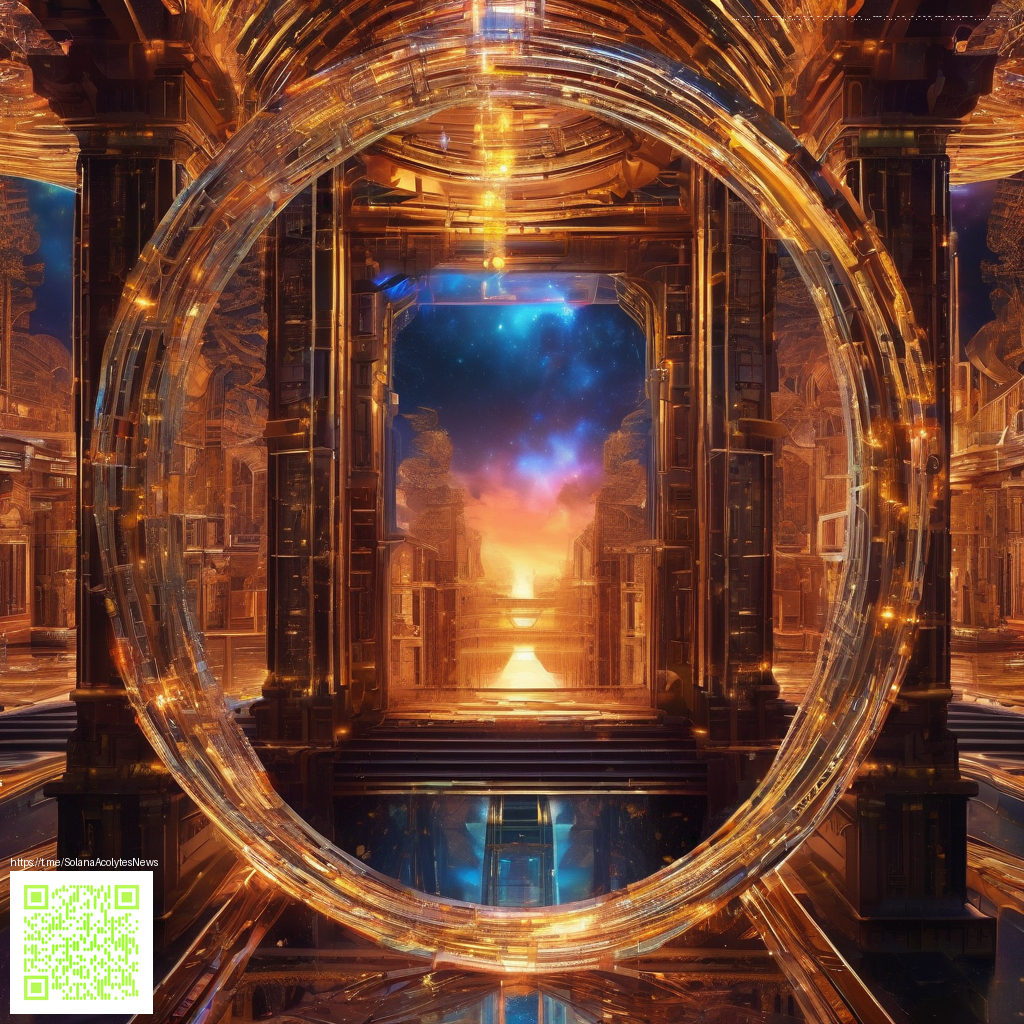
How to Create Editable CV Templates for Designers
Designers thrive on systems that are flexible, precise, and repeatable. An editable CV template is not merely a prettier resume; it’s a design tool that helps you present your work with consistency across projects and roles. When you craft a template with clean grids, scalable typography, and thoughtful placeholders, you empower yourself to tailor content quickly without sacrificing aesthetics. This guide shares a practical approach for building CV templates that look professional, read clearly, and adapt to the changing needs of your portfolio.
Set a strong framework
Everything starts with a dependable framework. Begin with a modular grid that can accommodate one-page and two-page variants. Establish a typographic scale for headings, subheads, body copy, and captions, and lock in spacing rules so margins and gutters stay harmonious as content shifts. Use clear sections—contact, summary, skills, experience, projects, education, and awards—and design a few optional modules you can toggle on or off depending on the opportunity.
- Choose a flexible canvas that remains legible across sizes and print formats.
- Define a typographic system with consistent rhythm and contrast.
- Incorporate editable placeholders for client names, project titles, and metrics.
- Provide export-ready formats and an editable master file for future updates.
“A CV template should feel invisible to the reader—yet it must guide attention where it matters most.”
Tools and formats to consider
Editable templates benefit from a blend of classic and accessible tools. Designing in InDesign or Illustrator gives you precise control over layout grids and typography, while offering a Canva-friendly variant broadens who can customize it. For the code-minded, consider providing a layered vector version or a lightweight CSS-based layout that can be adapted for personal portfolios online. The aim is to keep the template approachable for freelance designers as well as teams with stricter branding guidelines.
To ensure your template travels well between digital and print, include a concise quick-start guide, a legible color palette, and a note on licensing for fonts and assets. This transparency reduces friction when you hand the template to collaborators or clients and accelerates adoption in real-world workflows.
From draft to deliverable: a step-by-step workflow
Here’s a practical workflow you can apply to any editable CV template project:
- Map out core sections and optional modules aligned with target roles or industries.
- Set up a master document with named layers for text, images, and decorative elements to simplify edits.
- Build editable text blocks with safe margins and alignment guides to preserve structure as content changes.
- Validate legibility across devices and print formats by testing with different content samples.
- Package the template with starter content, a typography cheat sheet, and a quick-edit tips section.
“When a template feels effortless to use, it becomes an extension of your design process.”
In practice, you can draw inspiration from high-quality product pages that emphasize tactility, clarity, and restrained aesthetic. The emphasis is on balancing visual interest with legibility, so your CV remains the star while the design supports—rather than competes with—content. For designers who want a tangible touchstone, consider a premium desk accessory as a metaphor for the level of polish you’re aiming for. The accompanying product ecosystem, such as a Custom Vegan PU Leather Mouse Pad with Non-Slip Backing, serves as a reminder that material perception—color, texture, and shape—can translate into digital templates that feel refined and purposeful in every line of copy.
As you refine your template, you’ll notice the value of consistent naming conventions, color roles for brand alignment, and easily swapped imagery. A well-built template accommodates different career stages, from early designers to senior professionals, without needing a complete rebuild.
At the end of the day, an editable CV template is a design investment in your own career trajectory. It enables you to spotlight the most relevant projects, quantify impact with clear metrics, and maintain an overarching aesthetic that resonates with clients and recruiters alike. When you pair that template with a thoughtful presentation strategy—and a few premium cues from your own brand—you create a compelling, versatile resume that travels with you through opportunities.
Similar Content
Explore related resources: